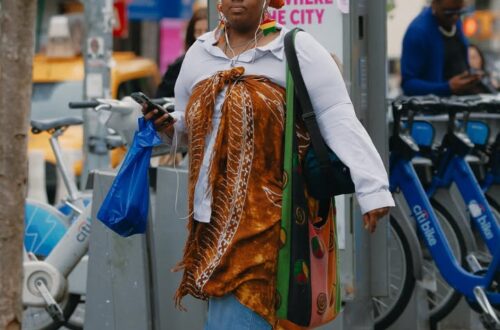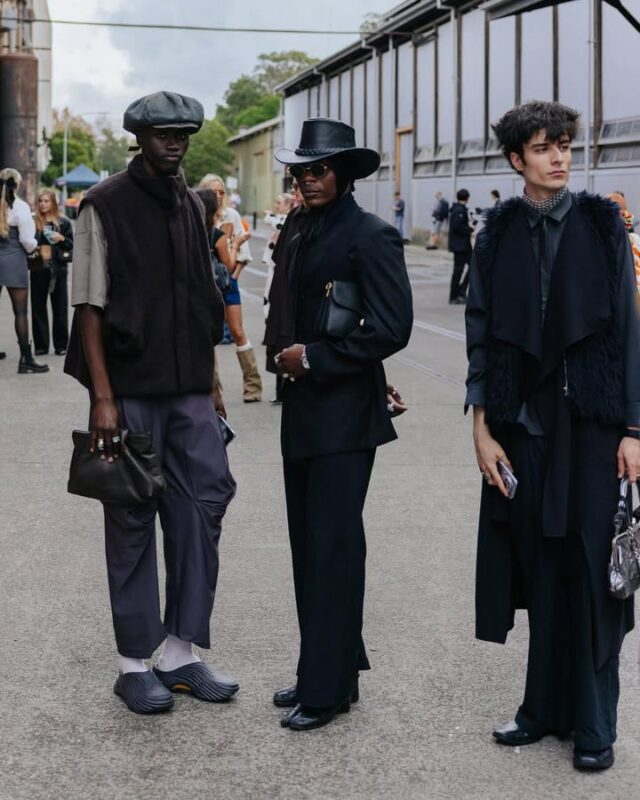
Every day, as individuals get dressed for work, they are consciously or unconsciously curating a visual narrative of their professional lives. The fabrics, the silhouettes, the accessories – they all contribute to the story of their day, their responsibilities, and the world they navigate within their chosen career. It’s a subtle but powerful form of non-verbal communication that speaks volumes about the diverse tapestry of our working world.The fashion choices we make for our jobs aren’t just about adhering to a dress code; they often subtly, and sometimes overtly, tell the story of our daily lives, our roles, and even our aspirations. Let’s explore how different professions might translate into a sartorial story.
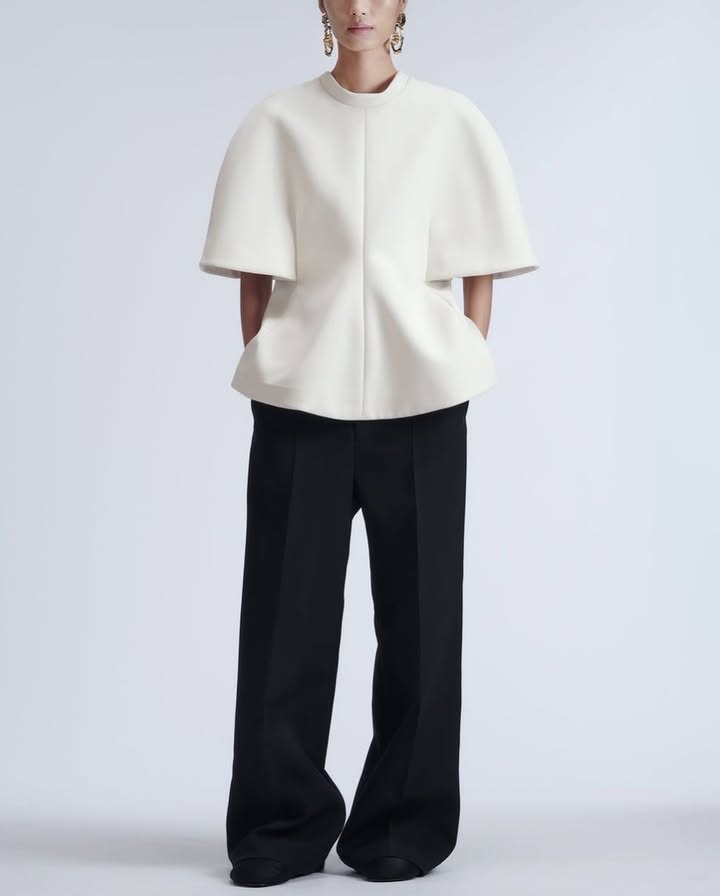
Corporate jobs often require a professional fashion style that reflects the company’s culture and promotes a polished, competent image. Typical attire includes tailored suits, dress shirts, blouses, and formal shoes. Colors are usually neutral or subdued, such as black, navy, gray, and white, to maintain a serious and businesslike appearance. Accessories are kept minimal and elegant.
In the field of Information Technology (IT), the dress code can vary significantly depending on the company.
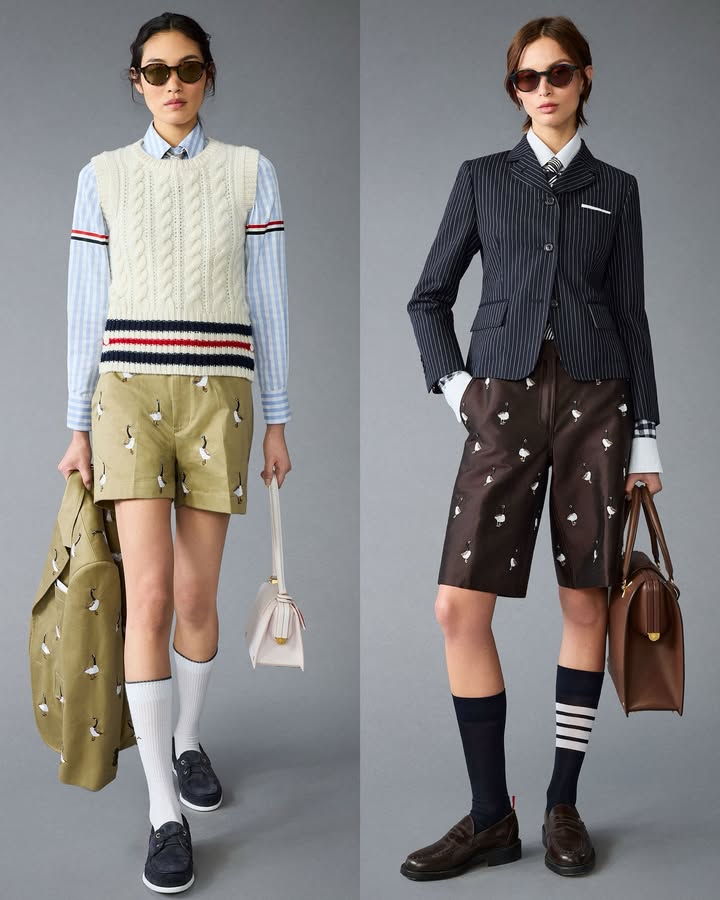
Desk Job: Might allow for more formal or stylish comfort, as movement and practicality aren’t the primary concern. Active/Hands-on Job: Requires durable, comfortable, and often safety-conscious clothing. Style takes a backseat to function. Client-Facing Role: Demands a polished and professional appearance to build trust and represent the company well. Style is carefully considered for impact. Creative Industry: Offers more freedom in expressing individuality through clothing, reflecting the innovative nature of the work.
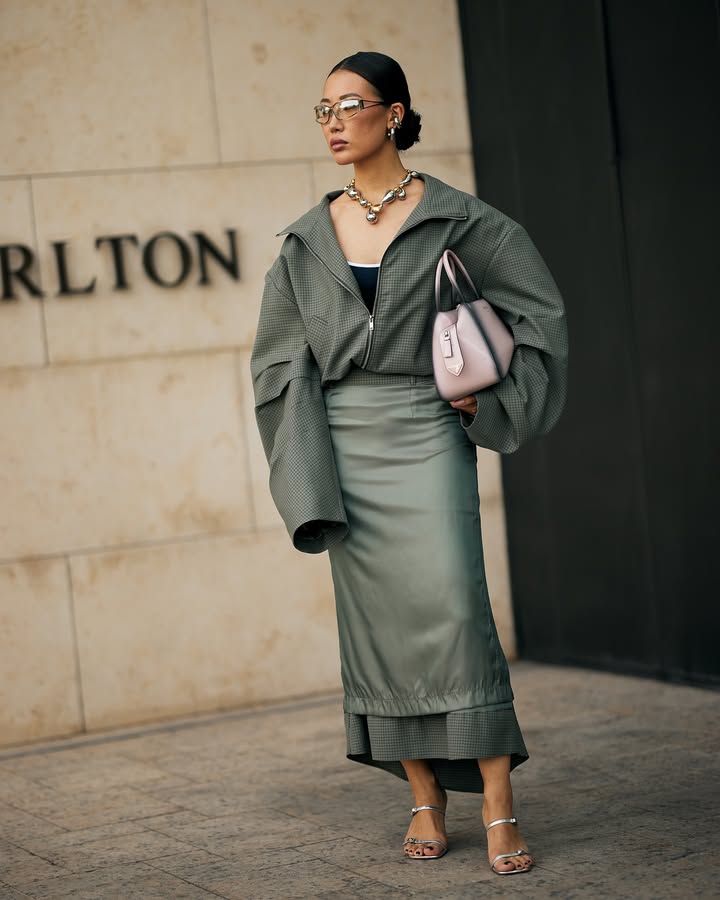
Stylish Dress Shoes or Loafers: Elevate your look with well-maintained leather shoes in different styles (oxfords, derbies, loafers, monk straps).
Subtle Accessories: A stylish watch, a nice belt, or a pocket square (if wearing a blazer) can add a personal touch.Layering with a Vest or Cardigan: Adds warmth and another element of style.
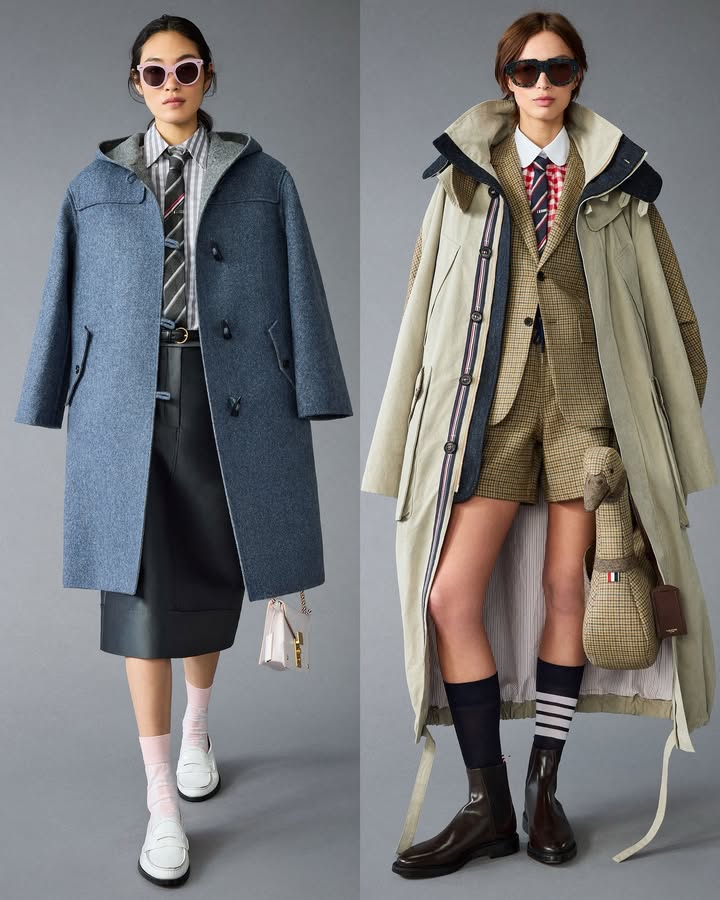
Sweater Dresses: Comfortable and stylish, especially in cooler months. Pair with tights and ankle boots or loafers. Wide-Leg Trousers: A modern and comfortable alternative to traditional slacks. Pair with a fitted top to balance the silhouette. Jumpsuits/Rompers (Work-Appropriate): Look for structured styles in solid colors or subtle patterns. Ensure the neckline and fit are professional.
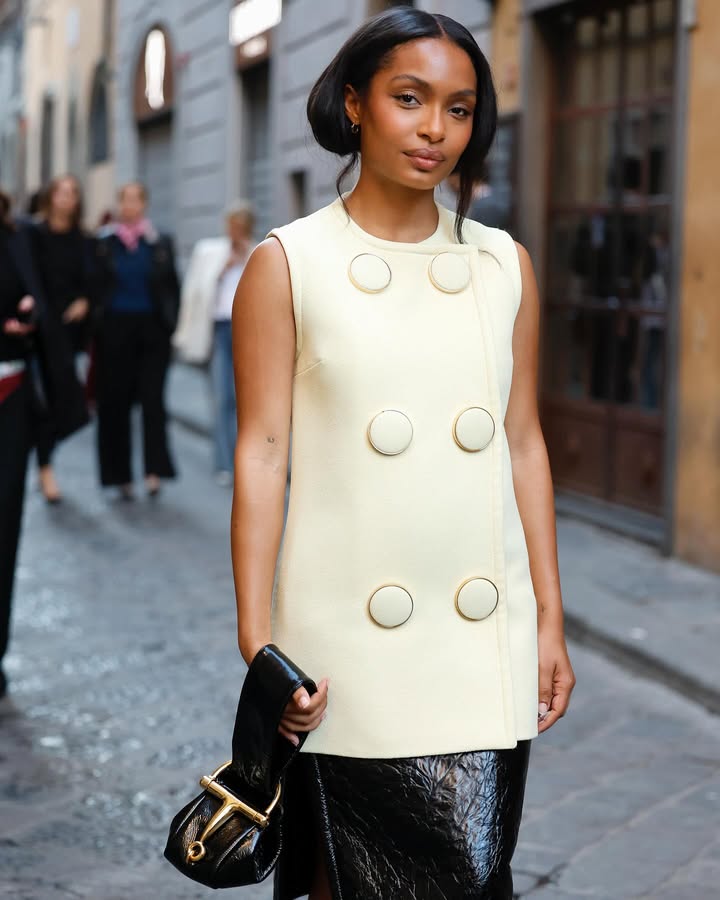
always consider your workplace dress code and your personal comfort when putting together your outfits. The key is to build a versatile wardrobe with core pieces that you can mix and match and then add a few more interesting items to express your style within professional boundaries.
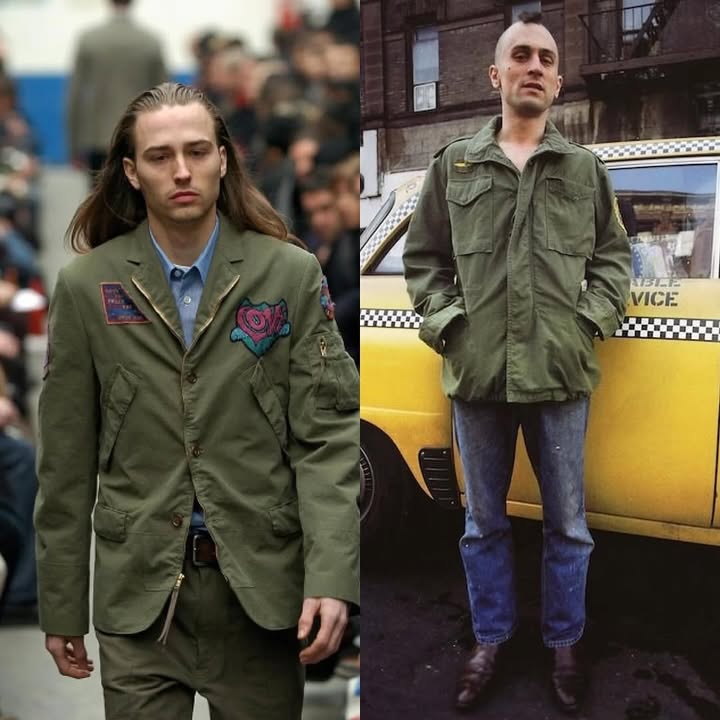
Well-Fitted Trousers: Opt for chinos, dress pants, or even dark-wash jeans (depending on your workplace). Neutral colors like navy, grey, black, and khaki are versatile. Ensure they are properly hemmed.
Button-Down Shirts: Long-sleeved shirts in solid colors (white, light blue, grey) or subtle patterns (thin stripes, small checks) are a staple. Ensure they are well-ironed. Short-sleeved button-downs can be acceptable in more casual settings.
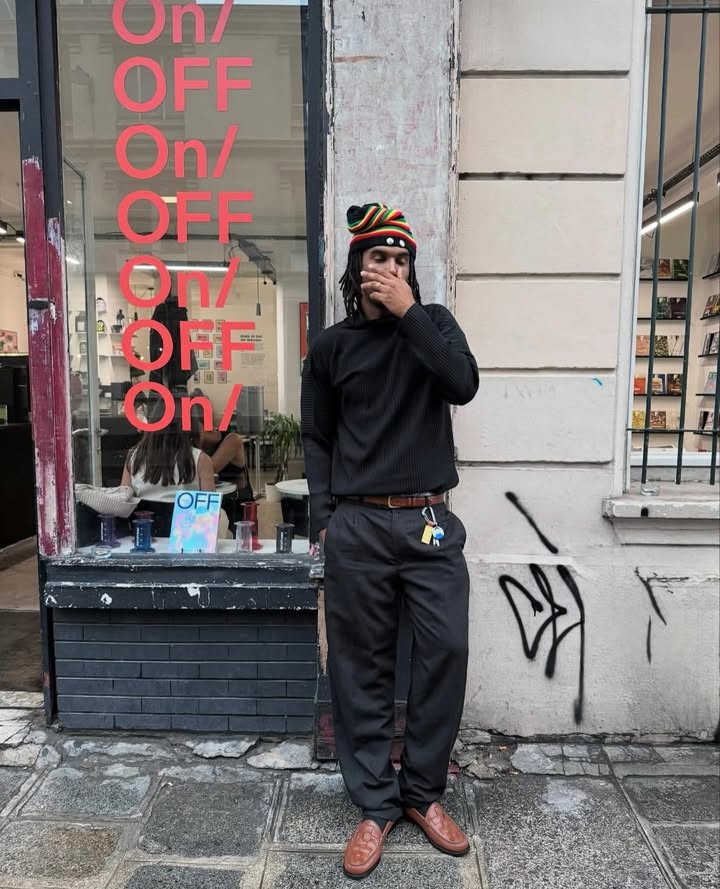
- Polo Shirts: A smart-looking polo shirt in a solid color is a great option for business casual environments.
- Sweaters: Crew neck or V-neck sweaters in merino wool or cotton blends can be worn over a collared shirt for a more relaxed yet polished look.
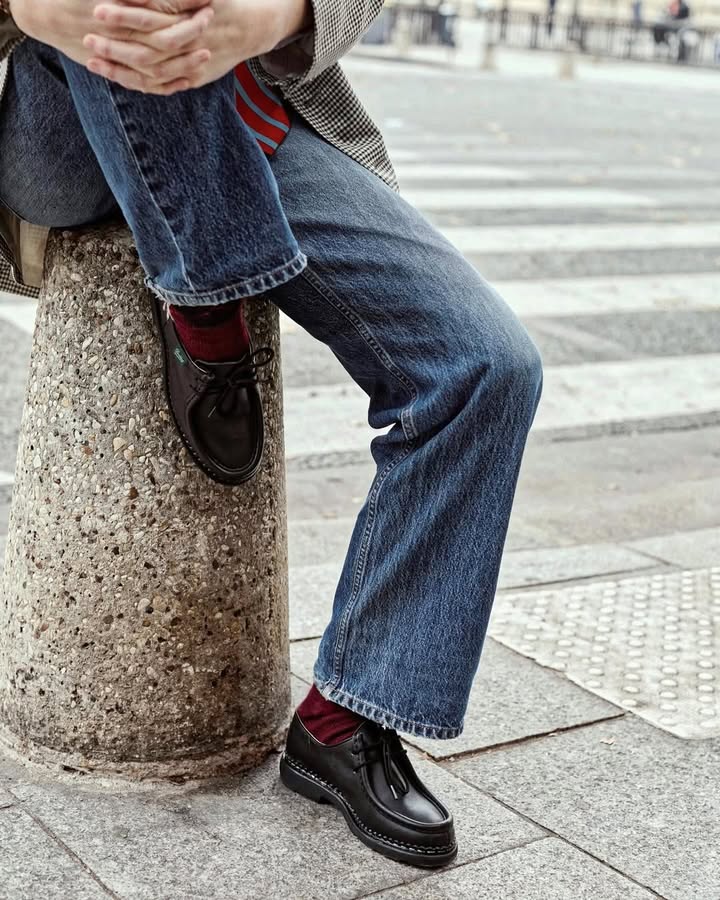
Dress Shoes: Oxfords, Derbies, or loafers in leather are classic and professional. Ensure they are clean and polished. Clean Sneakers: In more casual workplaces, minimalist leather or canvas sneakers in neutral colors can be acceptable.
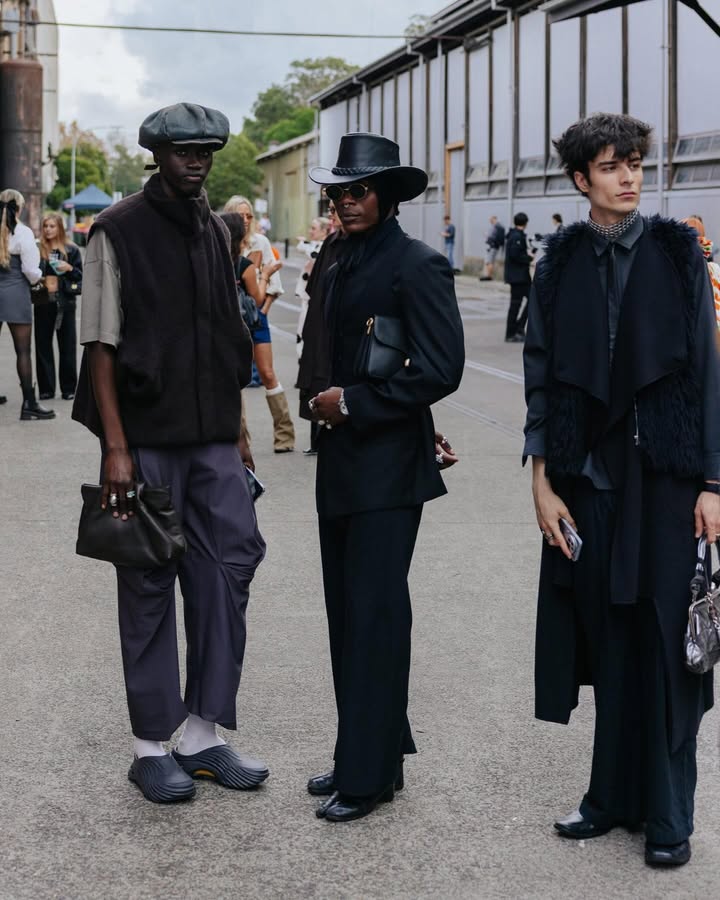
Subtle Patterns: Introduce subtle patterns in your shirts or even socks to add a touch of personality without being overwhelming. Quality Belt: A good leather belt that matches your shoes can pull an outfit together. Classic Watch: A simple and elegant watch adds a touch of sophistication. Pocket Square (for Blazer Outfits): A subtly patterned or colored pocket square can add a hint of flair to a blazer.
Different Shoe Styles: Experiment with loafers, monk straps, or Chelsea boots (depending on the dress code) to add variety to your footwear. Well-Fitting Knitwear: Instead of basic sweaters, consider fine-knit cardigans or textured sweaters.

Monday often gets a bad rap, but our outfit choice can be a powerful tool to reframe the start of the week:Projecting Confidence: Choosing an outfit that makes you feel good can instantly boost your confidence, helping you tackle Monday’s tasks with a more positive and assertive attitude. That feeling of “I’ve got this” can be a significant motivator.
Boosting Mood: Color psychology plays a role here. Wearing brighter or more energizing colors (if appropriate for your workplace) can subtly uplift your mood and make the start of the week feel less daunting.
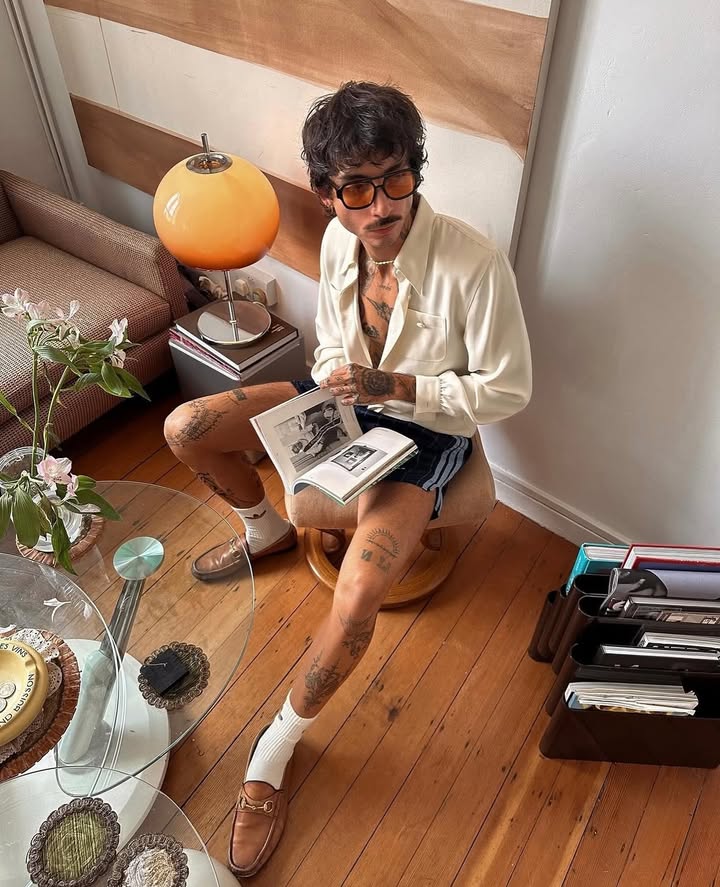
Personal Ritual: The act of consciously choosing your Monday outfit can become a small, empowering ritual that helps you prepare mentally and emotionally for the week ahead
.Reflecting Goals and Aspirations: On days when you have important meetings or want to project a certain image, your outfit can help you embody that feeling and stay focused on your goals. Dressing for the success you envision can be a powerful psychological tool.
Boosting Self-Esteem: When you feel good in what you’re wearing, it naturally elevates your self-esteem. This positive self-perception can fuel your motivation and make you more likely to engage confidently in your daily activities, both professionally and personally.
.Expressing Creativity and Individuality: Fashion is a form of self-expression. Choosing outfits that reflect your personal style and creativity can make you feel more authentic and engaged with your day. This sense of individuality can be a strong intrinsic motivator.
Adapting to Your Day’s Demands: Consciously selecting an outfit that is both stylish and practical for your planned activities (whether it’s a busy day of meetings or a more relaxed work-from-home setup) shows intention and preparedness, which can contribute to a feeling of control and motivation.
Small Acts of Self-Care: Taking the time to choose an outfit you like can be a small act of self-care. It signals that you value yourself and are making an effort, which can have a positive impact on your overall motivation and well-being.
our daily clothing choices are more than just practical necessities. They are a form of non-verbal communication with ourselves and the world. By consciously considering our Monday and daily outfits as tools for self-expression, confidence-building, and goal-setting, we can harness their power as a consistent source of personal life motivation. It’s about recognizing the subtle but significant impact our attire has on our mindset and approach to each day.


